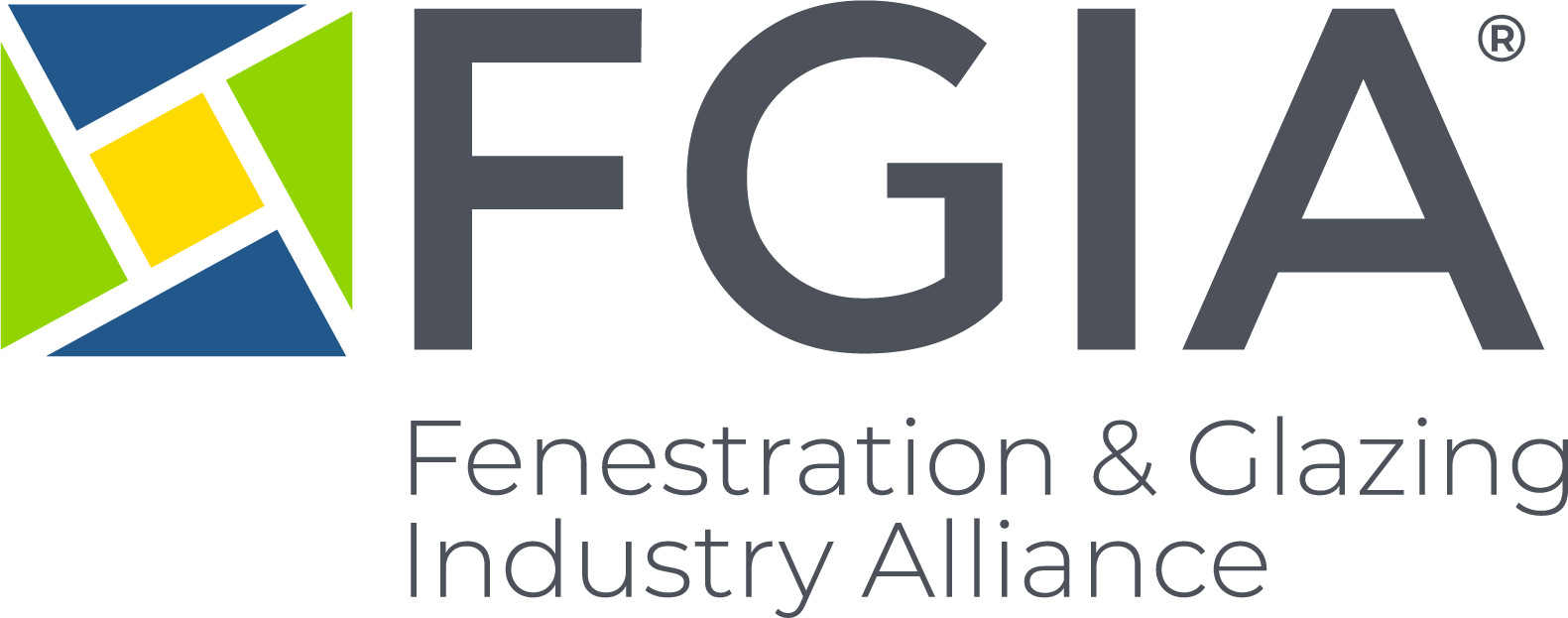Essentials of the “Buy Clean California” Act

The Buy Clean California Act (formerly Assembly Bill 262) was signed into law on October 15, 2017. John Jewell of thinkstep explained to AAMA Western Region Summit participants that the goal is to accelerate greenhouse gas reductions by incorporating product manufacturing emissions information into procurement decisions, in the form of a Global Warming Potential (GWP) rating. The maximum acceptable GWP, set at the industry average of facility-specific GWP emissions for a given material, is determined by consulting recognized databases of Environmental Product Declarations (EPDs). The EPDs are developed from Life Cycle Assessments (LCAs), which are in turn prepared according to the most current Product Category Rules (PCRs) utilizing current data.
The act, which takes effect July 1, 2019, applies to four construction materials (structural steel, carbon steel rebar, flat glass and mineral wool board insulation) and covers purchases of these materials for public works projects under contracts with several state agencies. As of that date, EPDs for these products must have a GWP below their assigned compliance limits as defined by the California Department of General Services (DGS).
To calculate the GWP compliance limit, DGS first calculated a baseline by weighting the EPDs according to the number of facilities (or companies) who provided data. However, it is acknowledged that LCA results have some uncertainty due to the use of different background data sources and software. Accordingly, DGS added 20 percent to the baseline to account for uncertainties in LCA development.
For clear or tinted flat glass, the GWP is expressed in terms of CO2 equivalent. It establishes a baseline of 936.33 kg of CO2 equivalent and assigns a compliance limit of 1124 kg of CO2 equivalent.
The underlying LCA typically defines the environmental impact of several stages throughout the product’s life cycle.
Stage A: Product manufacture and construction
Stage B: Use (including operational energy use)
Stage C: End of life (demolition through disposal)
Stage D: Recycling potential
Within each stage are several defined information modules, or “system boundaries.” Of these, the California act focuses on the so-called “cradle-to-gate” stages, defined as A1 (raw material supply), A2 (transportation to manufacturer) and A3 (production process).
Jewell explained to Western Region Summit participants that the current California approach requires a facility-specific GWP.
“Requiring that an EPD [used as the basis for the GWP] be specific to a facility alters the reality of how products are bought and sold,” he said. “Using the average of an industry’s EPDs rather than the minimum or maximum of manufacturing facilities is a more realistic approach.”
Recommendations from thinkstep include utilizing industry-average EPDs for creation of the baseline since they are production weighted and are created with consistent background data and referencing the "most current version" of each PCR.
Other considerations for product versus facility-specific EPDs include back-calculated energy costs, traceability difficulties and system boundary issues.
Jewell went on to say that DGS should not exclude any window or insulation product since they offer significant energy savings during the use phase. Thus, DGS should not exclude windows or insulation just for their cradle to gate (A1 – A3) impacts.
“Industry-average EPDs (based on the most current version of the relevant PCRs) should be used for creation of the baseline since they are production-weighted and created with consistent background data,” Jewell noted.
Ideally, what should be done is to "set a high bar/goal for reductions and then reward those who achieve it,” Jewell stated.
By January 1, 2022 and every three years thereafter, DGS will review the maximum GWP rating for each category of eligible materials and may adjust the number downward to reflect industry improvements. Other materials may be incorporated into the Act at one of these later stages, notably cement, concrete and aluminium.
Jewell noted that there will be more opportunities for feedback on AB 262. Industry representatives are encouraged to participate.
Read more from News, Western Region, Events, Sustainability





